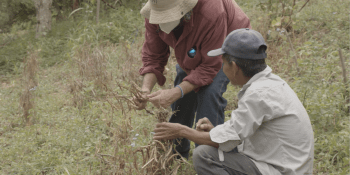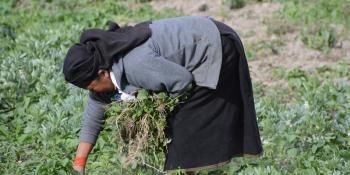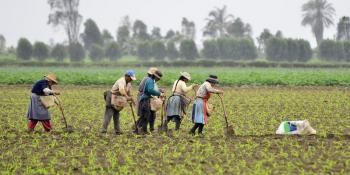Subjects of Change: participatory video for rural female empowerment in Nicaragua
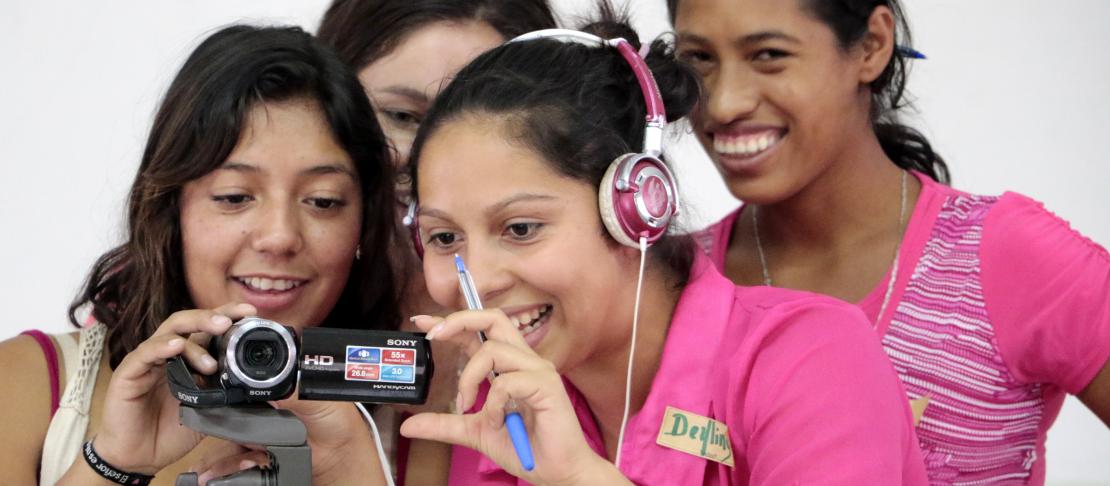
Young rural women can empower their peers actively, by being the ‘subjects of change’. This is the message which members of a participatory video project in Estelí, Nicaragua, chose to convey.
During this course I didn’t only learn how to use a camera, do an interview, or make a documentary, but above all, I learned that I am not alone in the problems and issues that I am facing. I was able to connect with other girls my age, with the same dreams, in the same context, and through working together we were able to realize what the real barriers are we are facing, and above all, we were able to realize what we can do, together, to get past these barriers
Workshop participant in Estelí, Nicaragua
This quote really shows the power of participatory video (PV), much like a previous case study from Estelí, Nicaragua, which highlights that the process of making PVs allows subjects to present their assessment in their own words.
Participatory video is therefore said to support a process of empowerment in which community members create narratives through which those who participate in the process can communicate what really want to communicate, in a way they think is appropriate (Kindon, 2003).
The participants in Estelí decided that the message they wanted to communicate was about young rural women being able to be the ‘subjects of change’ through rural female empowerment.
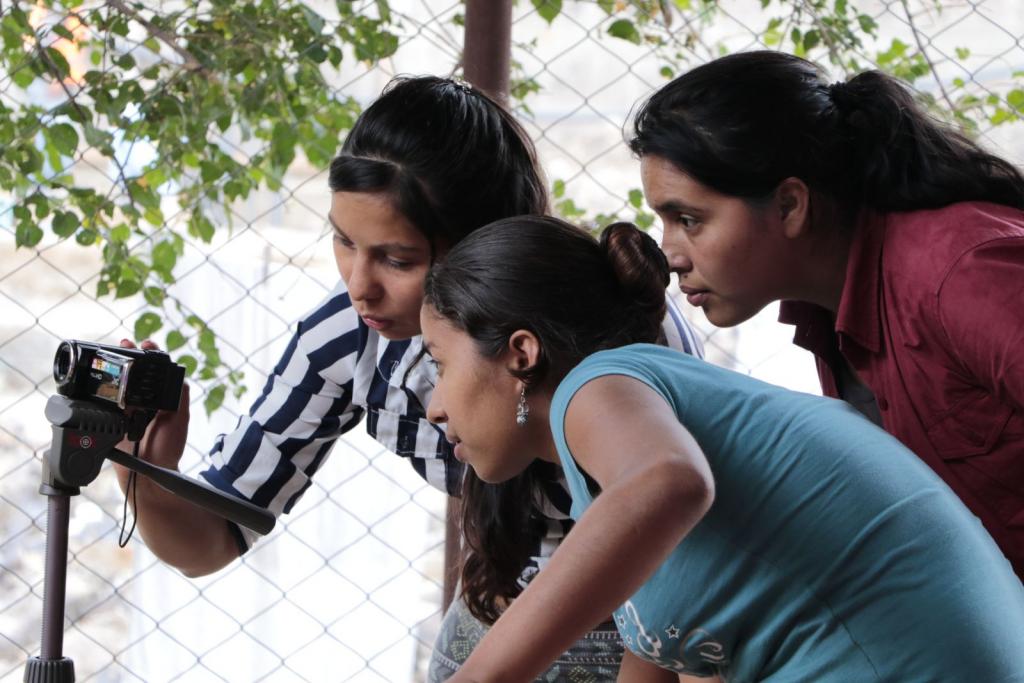
This empowerment cuts both ways: the participants used their video to convey a message on female empowerment to their audience. At the same time, researchers from the International Center for Tropical Agriculture (CIAT) used PV to understand how it can increase female empowerment in a specific group of participants.
Participatory video allows for female empowerment in various ways. One of these is defined by Papa et al. (2000) who found that women’s empowerment is linked to sharing emotions (connectedness), evaluating personal actions for relations and environmental impact (integrative thinking) and helping one another through collective action (cooperative enactment). PV links to this through the highly participatory and integrative methodology in which emotions are shared and possible personal actions are continuously evaluated (Papa et al. 2000).
It is exactly this theory which can be linked to the practice during the workshop in Estelí. Three essential steps converge in particular: sharing emotions, integrative thinking and collective action.
Participants shared emotions, such as feeling stuck in a community, being intimidated by men in the community and feeling powerless to change anything. In terms of integrative thinking, the group adressed questions such as "What can we do together as a group of women?" and "How can we reach out to other young women to make a group and therefore our impact even bigger?".
The element of collective action exists in making the video itself together as a group of rural women with the aim of showing that they also have a voice and know what to do and change.
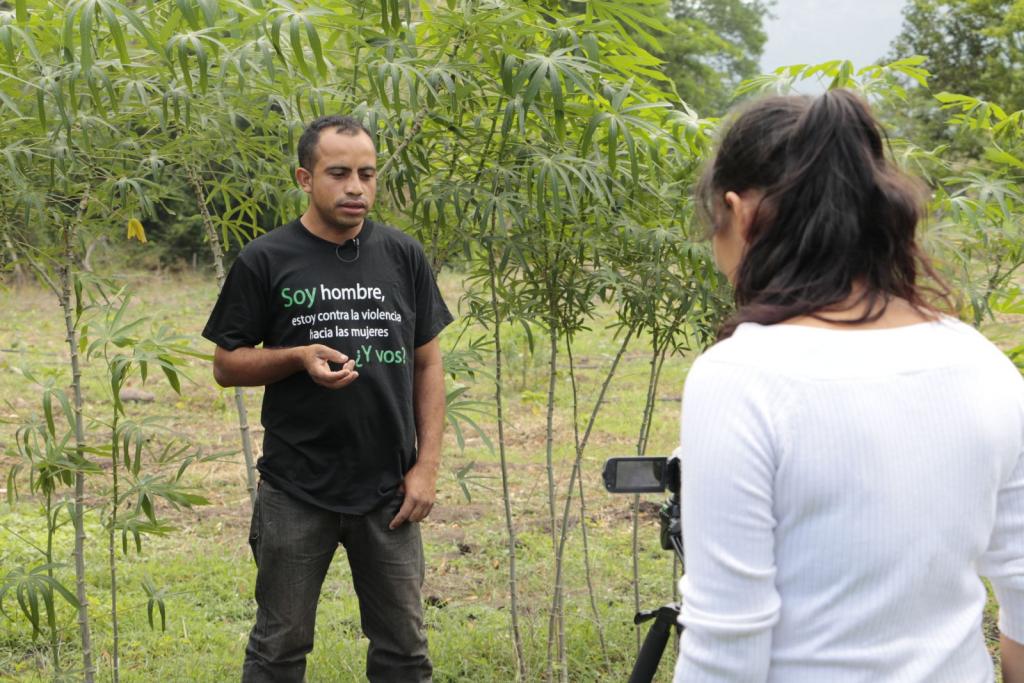
However, it’s not the first time that a participant of a PV project mentions that he or she feels more empowered as a consequence of the project. During a workshop in Somotillo, Nicaragua, held in 2014, one of the participants mentioned that when he went out on the street to interview in the community hospital, they did not want to be interviewed by a ‘journalist’. He explained that he was participating in a PV workshop but they told him that he had a notebook, a video camera and a microphone, so he must be a journalist. As a farmer, being called a journalist was a dream come true for this specific participant and made him feel empowered.
See more pictures from the workshop.
Watch the final version of the participatory video below.
Manon Koningstein is a Research Associate & Communications Specialist working with the DAPA/CCAFS Gender & Climate Change team.
Shadi Azadegan is a Communications Specialist for CIAT Central America and Humidtropics.
The PV workshop took place in Estelí, Nicaragua from the 4th until the 14th of May, 2015. The project was conducted in collaboration with the Fundacion Entre Mujeres (FEM). The PV project is part of a project funded by Humidtropics. The workshop was facilitated by Shadi Azadegan and Manon Koningstein.
References:
Kindon, S. (2003) ‘Participatory Video in Geographic Research: A Feminist Practice of Looking?’ Area. Vol 35 (2) pp142-153.
Papa Michael J., Singhal Arvind, Ghanekar Dattatray V., Papa Wendy H. (2000) Organizing for Social Change Through Cooperative Action: The (Dis) Empowering Dimensions of Women’s Communication. Communication Theory 10(1): 90-123
Traber, M & Lee, P. (1989) Video for Animation and conscientisation. Media Development 36(4): 1

